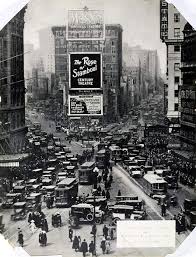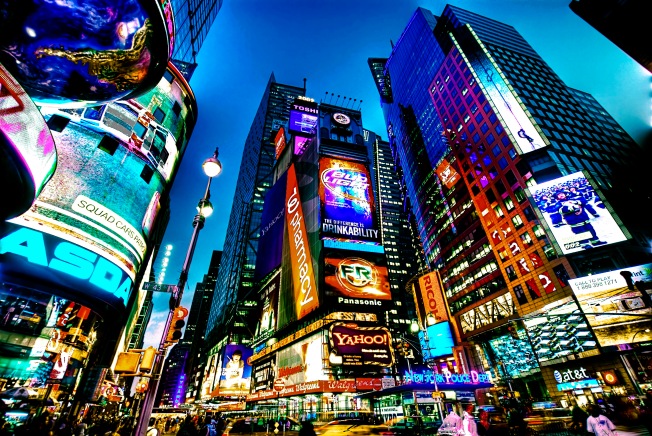

 CHRIS PHILPOT
CHRIS PHILPOT
City Hall. It’s traditionally the place where technology gets stuffed into a drawer and forgotten. But as budgets recover from the Great Recession and smartphone-toting citizens prod municipal officials, cities are now more Boston Dynamics than Boss Tweed. Soon the pols will be promising sensor-driven pots that cook the chicken for you, just the way you like it.
1. Graffiti-busting drones. The Deutsche Bahn, Germany’s railroad, is testing drones to see if they deter graffiti artists, after taggers did $9 million in damage to its railcars in 2012 alone.
2. Robotic sewer rats. RedZone Robotics makes a compact autonomous robot, Solo, that uses a 360-degree camera and lasers to inspect city sewers.
3. Pothole patrol. Teeth-rattling roads are nasty. In Boston, the Street Bump app uses your phone’s motion sensor and GPS to report rough rides—and save your shocks.
4. Smart spaces. The Parker app uses cameras and in-ground sensors to flag open spaces. It also tells you when your time is up so you don’t get a ticket.
5. Permeable pavement. New paving surfaces let rainwater through to the ground, lessening the load on drainage systems and restoring aquifers.
6. Talking trash cans. BigBelly Solar trash and recycling bins ping HQ when they need to be emptied, enabling more efficient route planning. In Philadelphia the system has successfully cut trash collection costs.
7. Cool roofs. Reflective paint bounces away the sun, cooling buildings and saving energy.
8. Air-purifying billboards. Ultra-polluted Lima, Peru, recently introduced a billboard that sucks in air, purifies it, and pumps it out again, upping air quality for a five-block radius.
9. Watchful lights. Motion-sensitive LEDs from Sensity also measure things like pollution or snowfall. At Newark Airport they even watch passengers and alert security if there’s trouble. Creepy.
10. Self-watering parks. Sensors in Barcelona’s parks monitor soil moisture and turn on the water only when it’s dry.
11. Traffic monitors. LA commute times dropped by more than 12 percent, thanks to the city’s new traffic control system. It uses pattern analysis and vehicle detectors in the road to shift signal lights for speedier flow.























